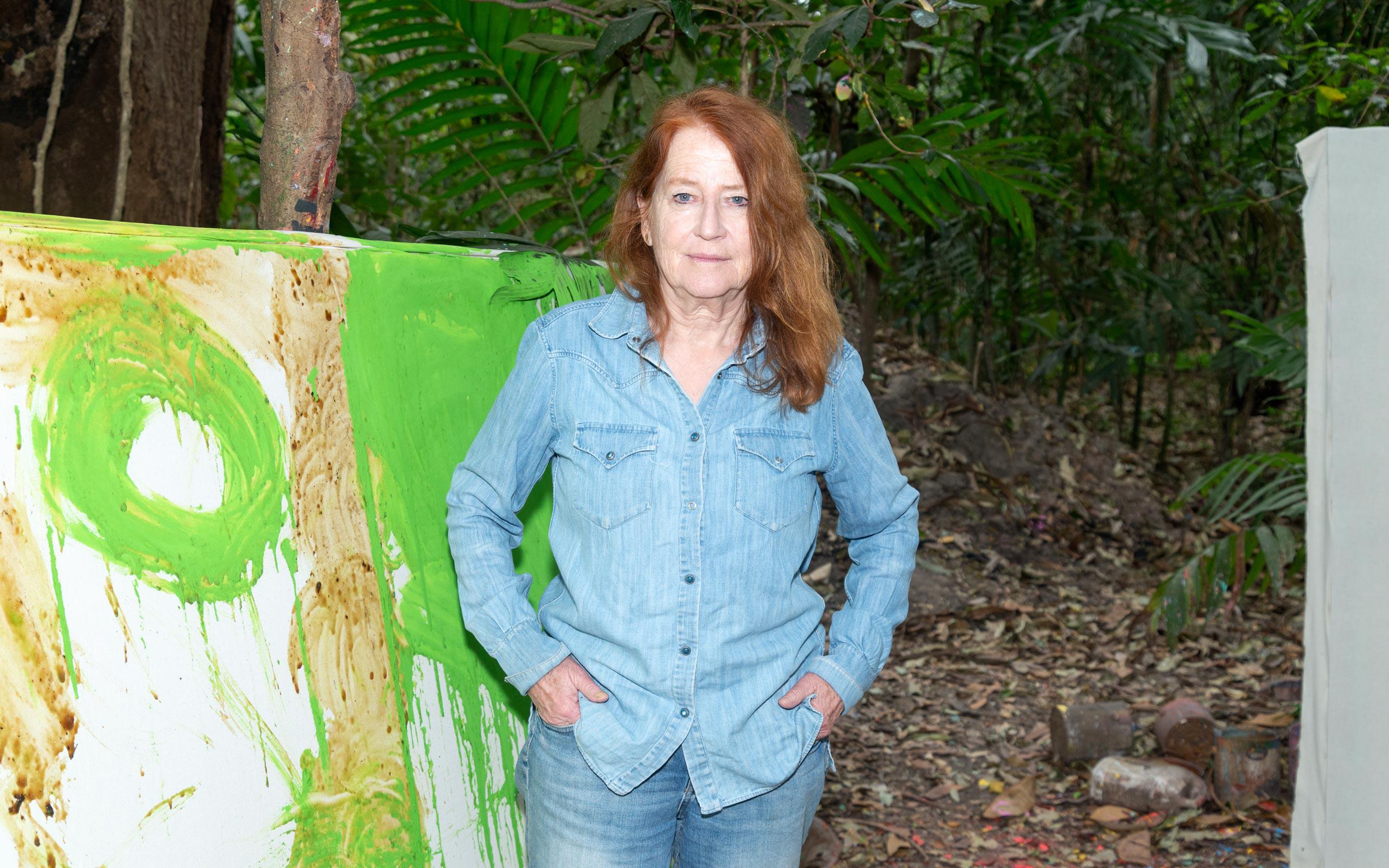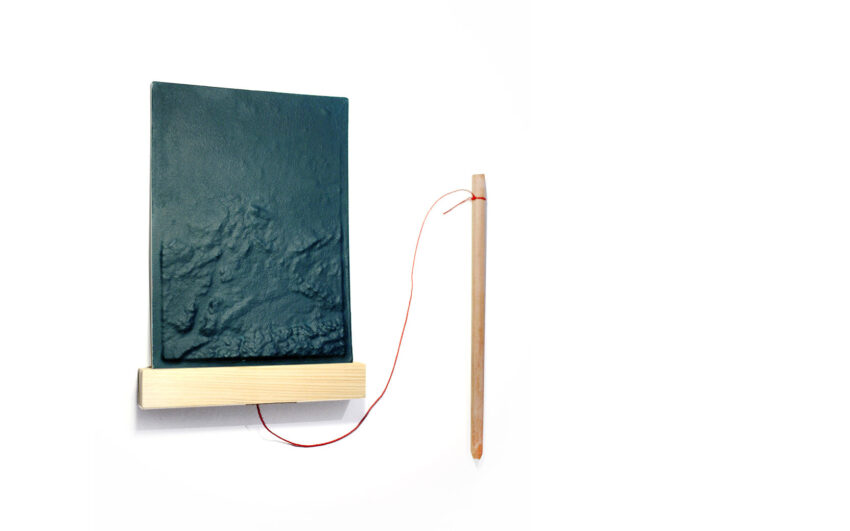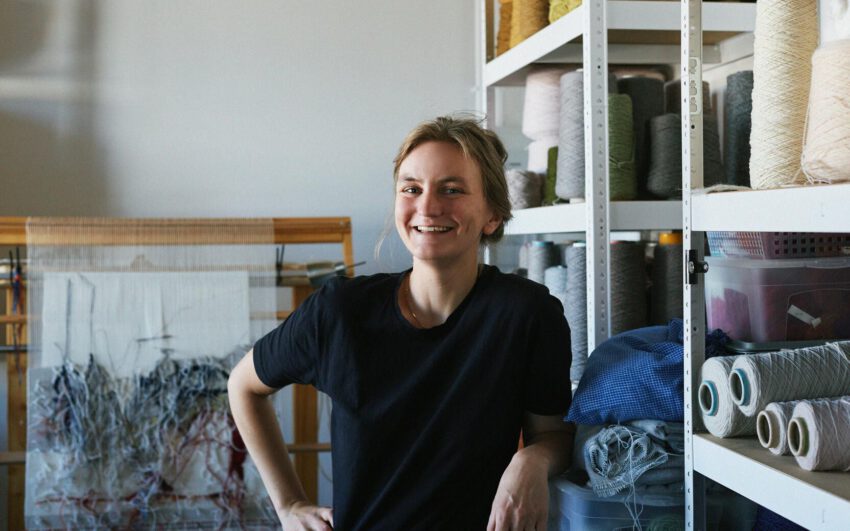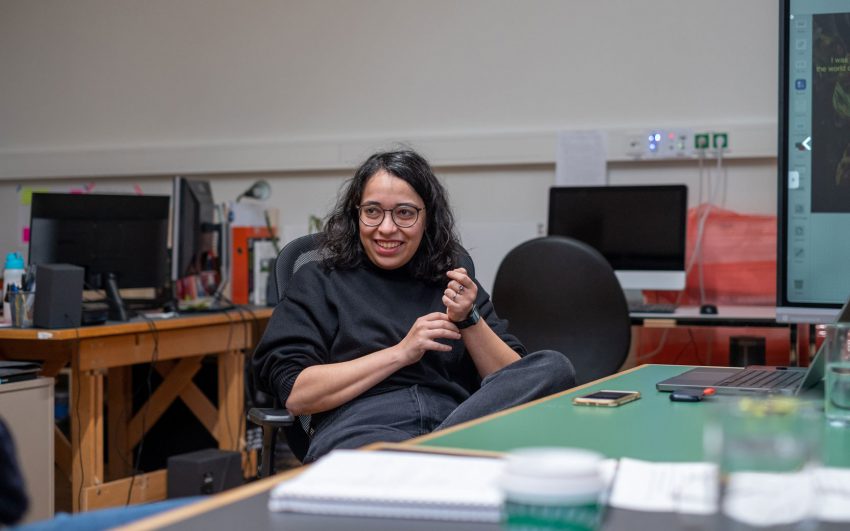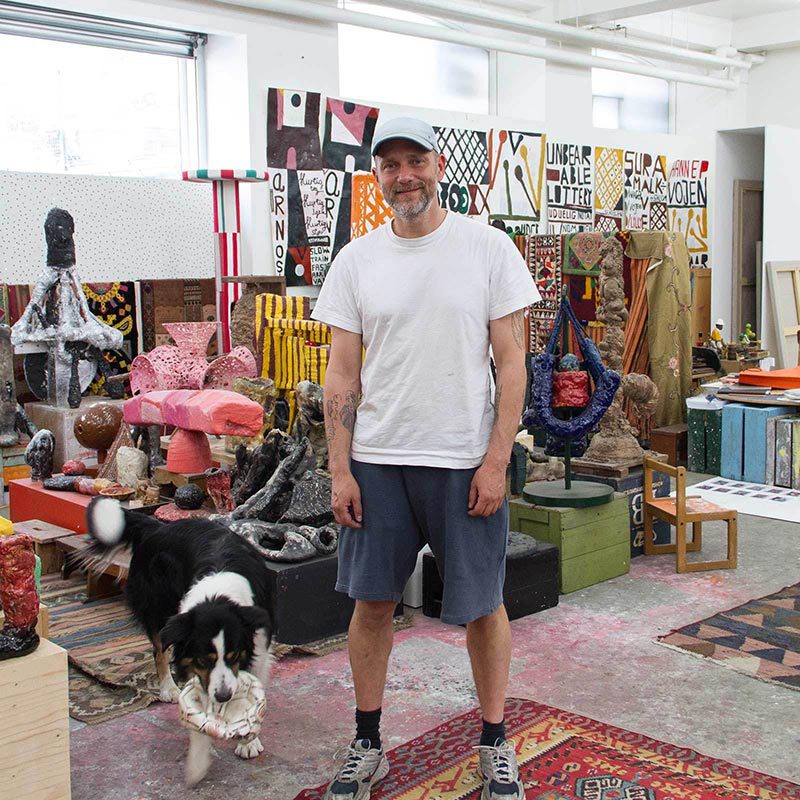Removed from the art world, the painter Vivian Suter lives and works on a former coffee plantation in Panajachel, Guatemala. Here she consciously incorporates nature in the creation of her paintings and gives it a special authorship. So, you can find in her works traces of leaves, mud, rainwater, but also imprints of dog paws. Thus, she developed a unique visual language, in which memories of time and place are inscribed.
Vivian, your mother, Elisabeth Wild, and your grandmother were artists. Did that influence your choice to become a painter?
Certainly. Not that it was a conscious decision, but I think that was always what I wanted to do. My grandmother was also very talented, and it even goes back to my great-grandmother, who painted a lot. The artistry really runs in the family and especially with women (laughs).
Your family history is very moving; your mother fled with her family from National Socialism to Argentina. You were born in Buenos Aires and came to Basel with your family at a young age. Does this past haunt you?
I can’t exclude it that, because the circumstances are like that and it certainly does influence me. But it is not an immediate, or a conscious theme of my art. I personally always want to go back to Argentina, and every time I’m in Europe, Switzerland is my starting point. As hard as the past is, places inspire me and I love to come back, but I also like to be back at my home in Panajachel and my work in nature.
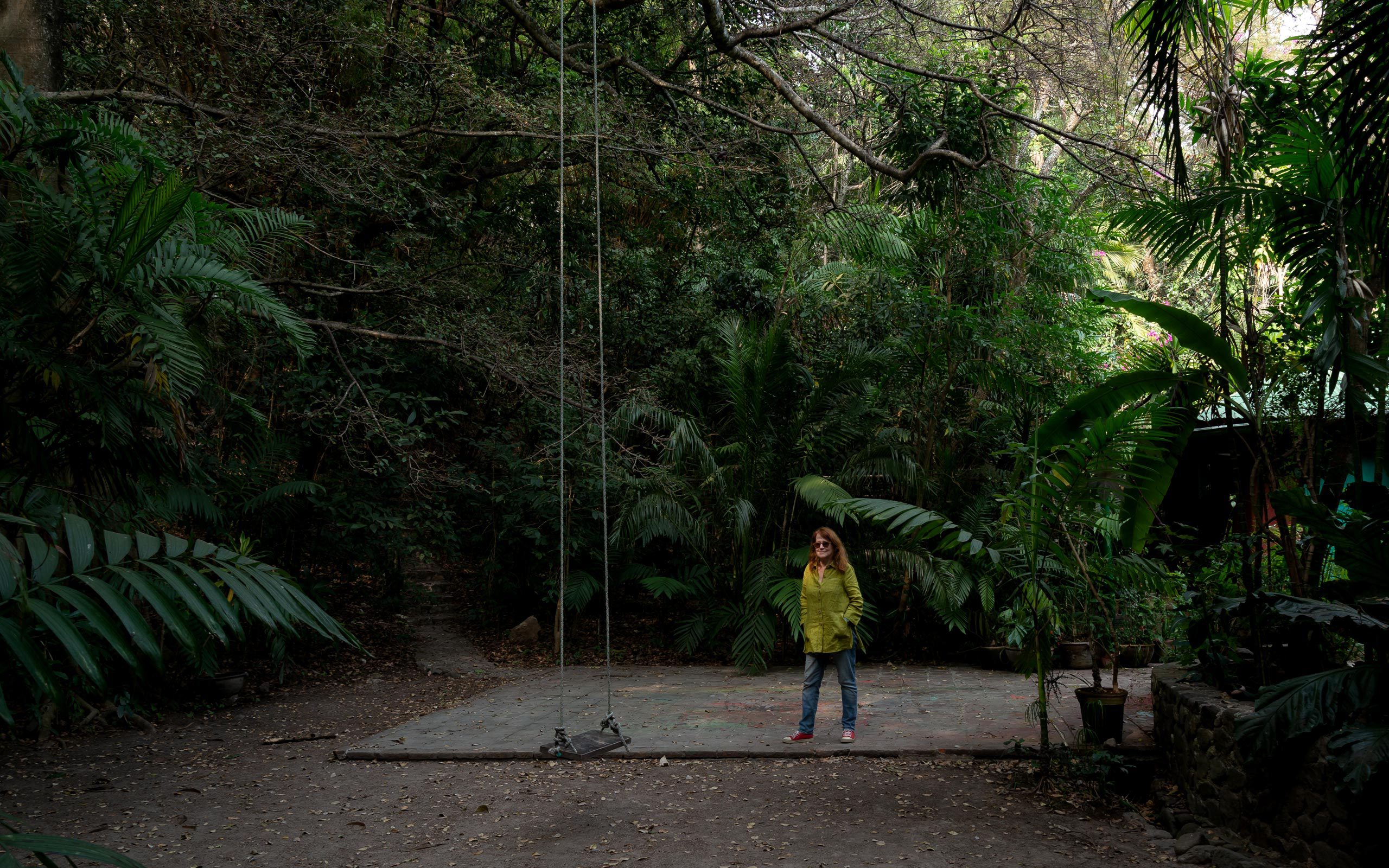
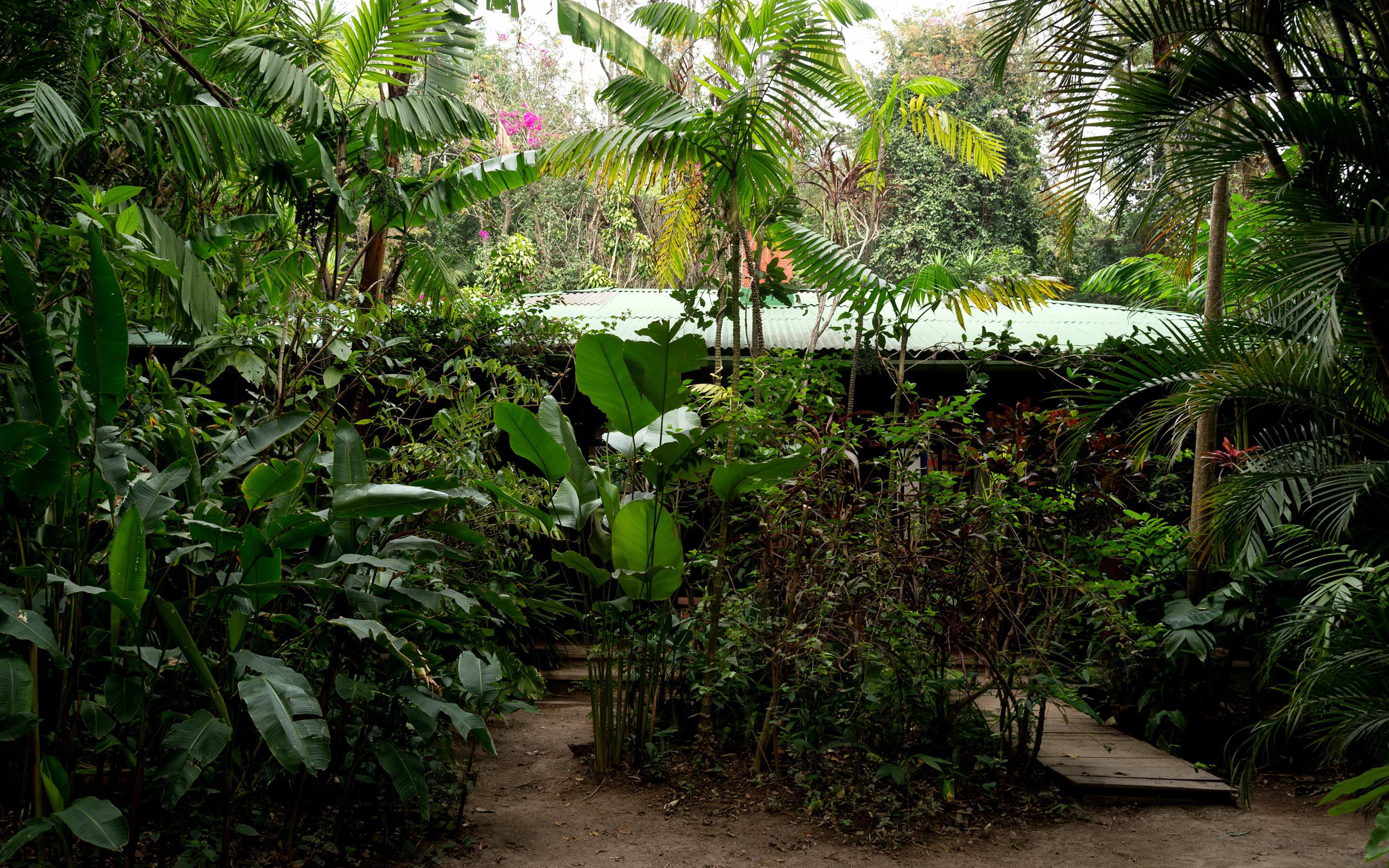
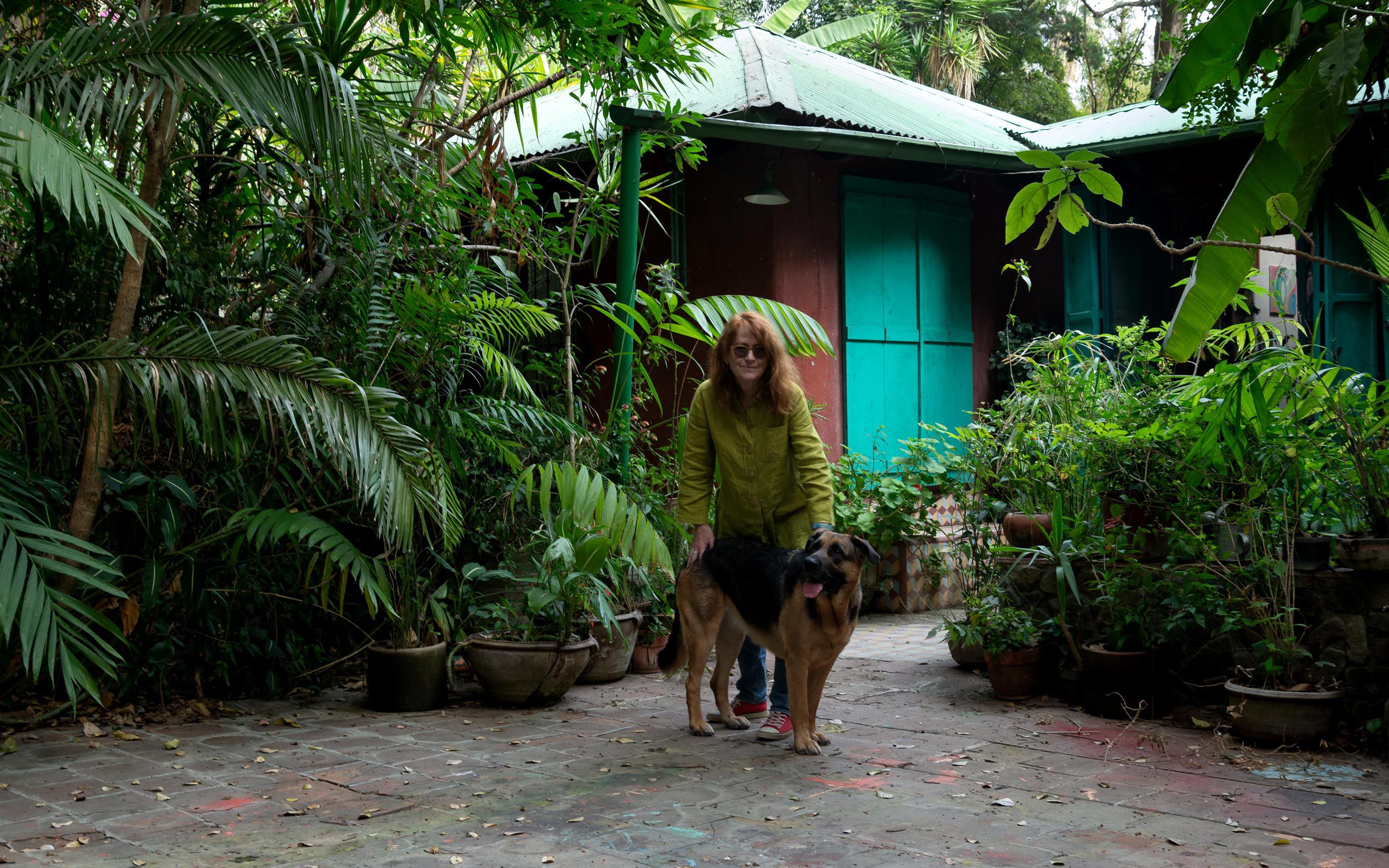
In Basel, you went to the Kunstgewerbeschule... Did you receive a lot of encouragement from your family, or did you ever have any other career aspirations?
I didn’t have any other direction in mind, but my father didn’t support me going to arts and crafts school. I had to learn something else first, and that wasn’t the right thing for me. There was support from my mother, who encouraged me to go to trade school so that I could then also do art.
Looking back, what was that time like for you as a young artist?
It was forty years ago, but it was very exciting because Jean-Christophe Ammann, who has unfortunately already passed away, was the director of the Kunsthalle Basel at that time and realized an exhibition with Basel artists and I was allowed to be there. So, it was an exciting time, in that I also came out for the first time as an artist with my work and could show my position with others.
When did you first consider yourself an artist?
I think that was never a question for me. It was simply so. My passport states that I’m a painter, and that was significant, because it’s important to me to be called a painter and not an artist.
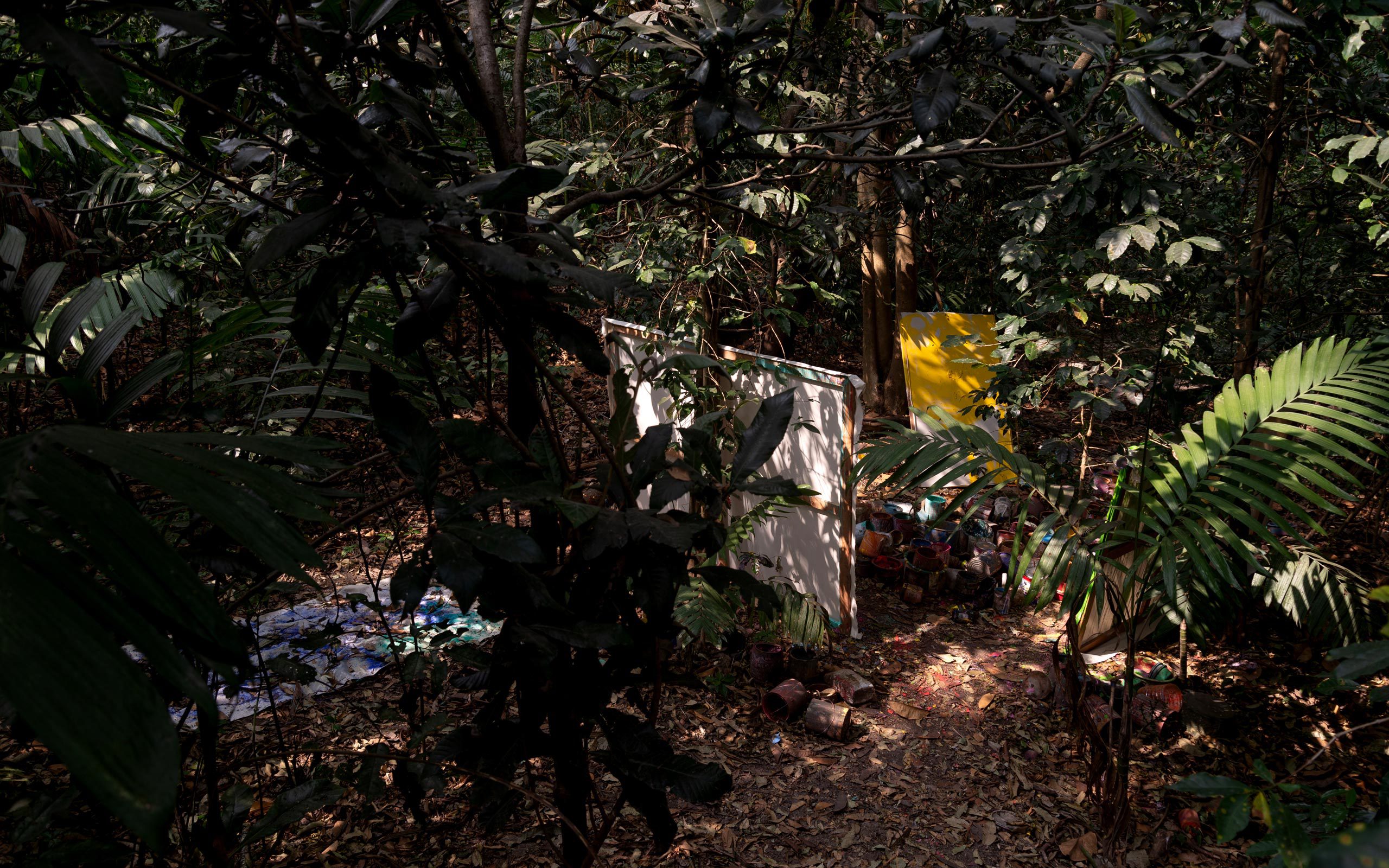
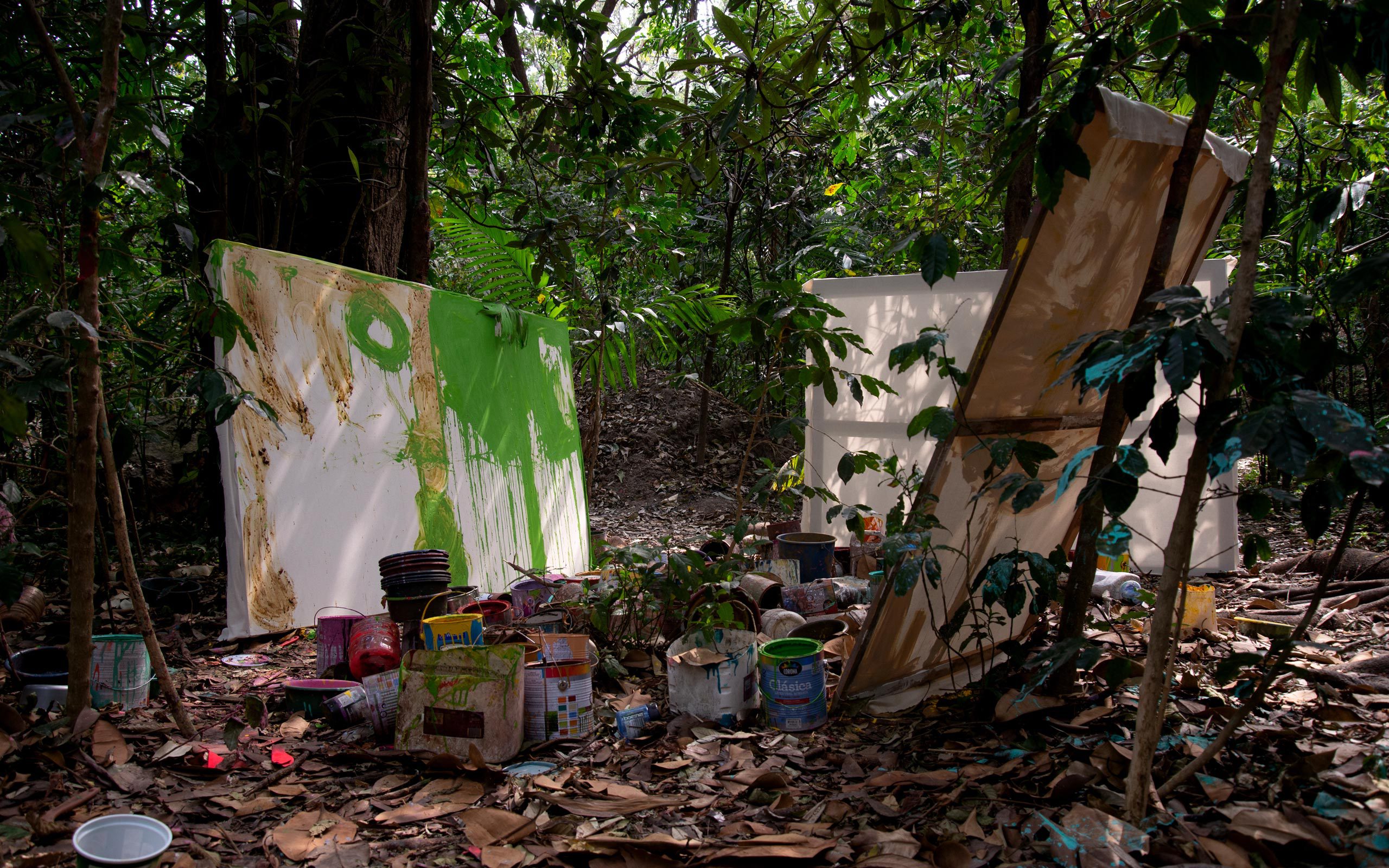
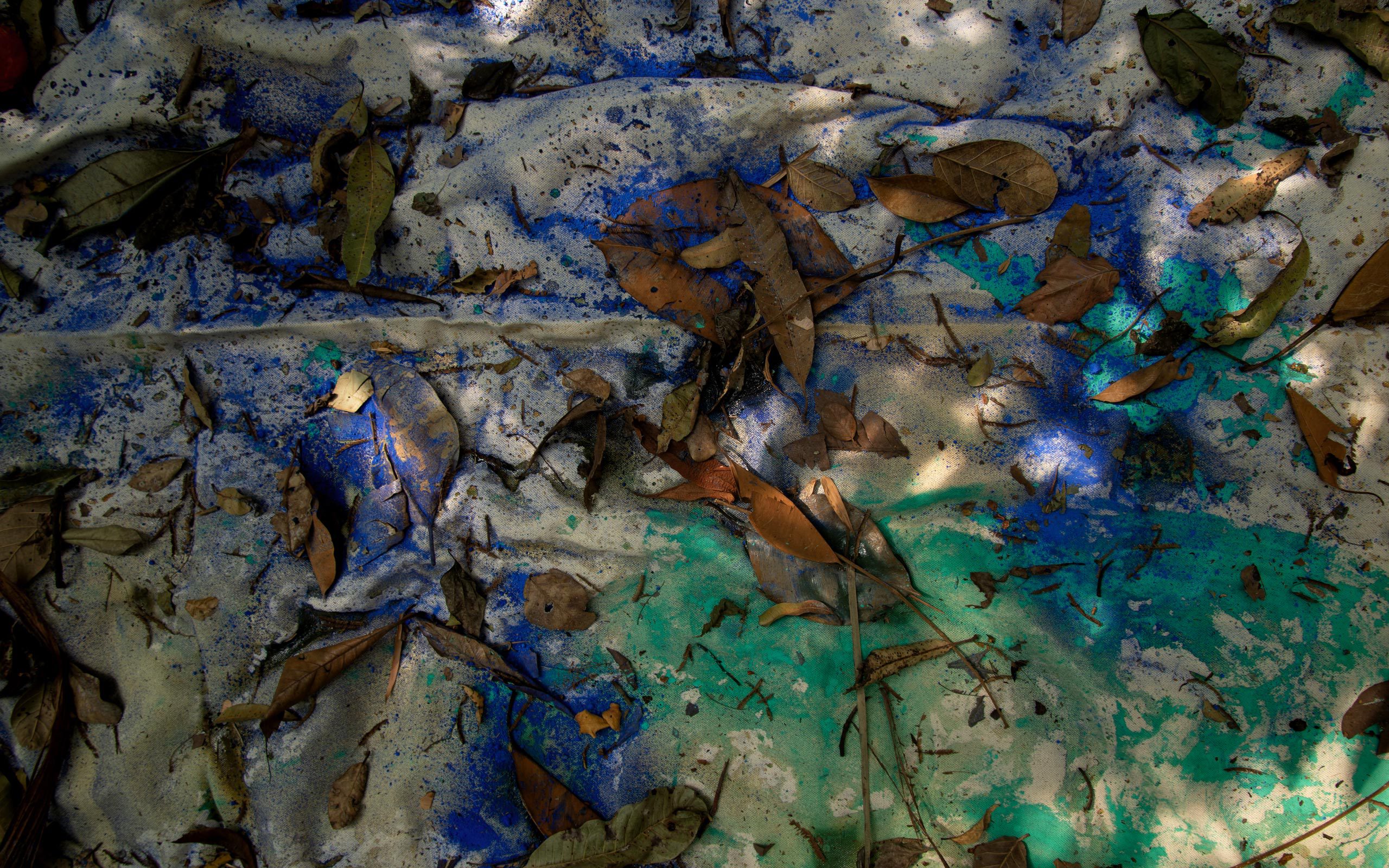
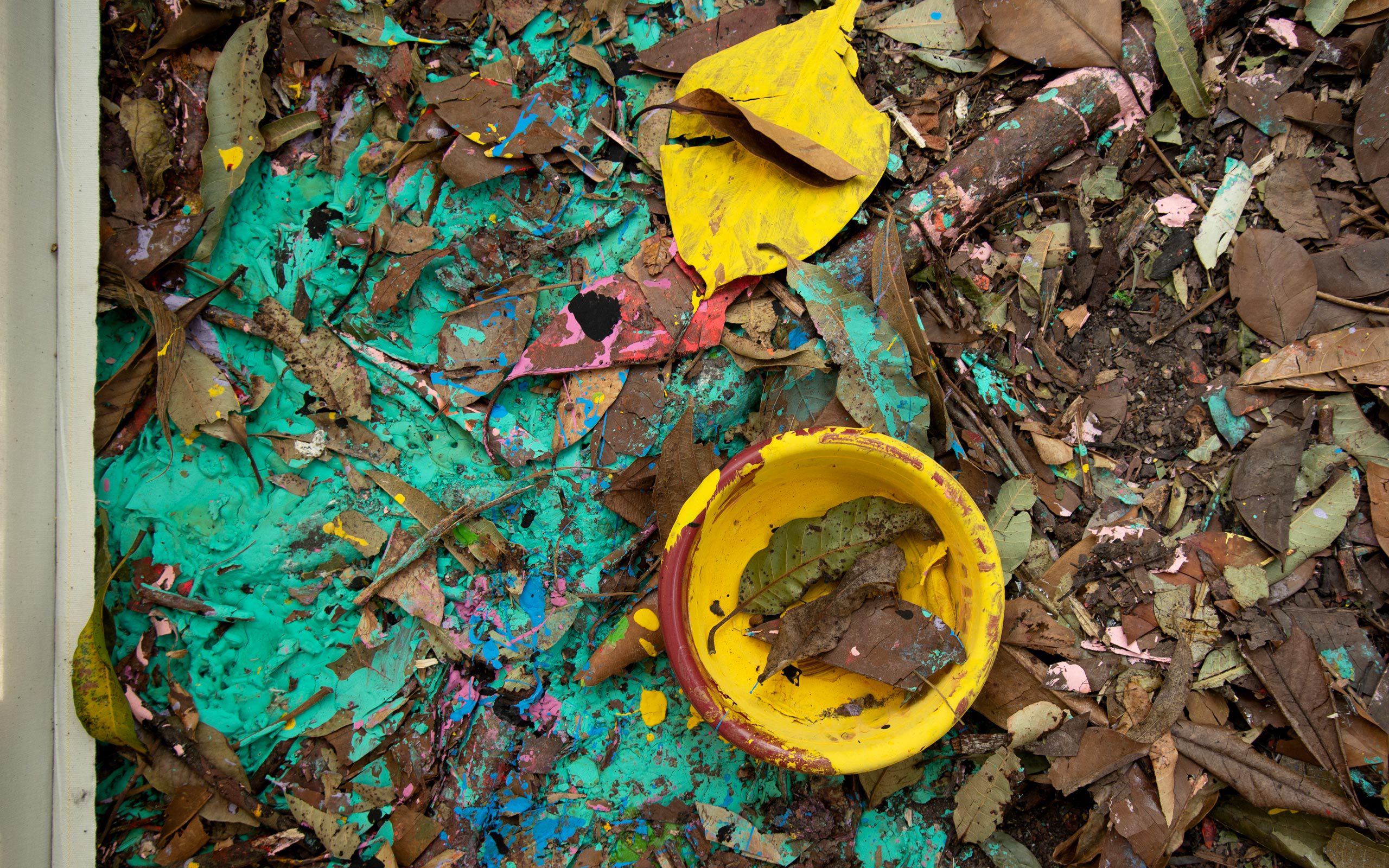
After your initial successes in Switzerland, you withdrew completely from the art world after a trip. A courageous step.
I wanted to. I wanted to get away from that because that lifestyle influenced me a lot. It was about finding my own way and not being so affected by everything in the art world, or forming a kind of dependency, so I consciously broke away from that.
Since the 1980s, you’ve been living and working on a former coffee plantation... How did you come to this place?
I wasn’t really looking for anything in particular, it just happened that I came here on this one trip and stayed. I have a lot of time to think about what I actually want for me and my art.
The plantation is very extensive... How are your workplaces distributed, how can we imagine your everyday life?
There are different rooms or locations where I work, distributed throughout the plantation. There is a studio, where the pictures hang, where I store them, dry them or roll them up for shipping. And then outside the house is a place to work, under the trees. When I paint pictures there, they are stretched out between the trees, and some works are on the ground, and I also leave them overnight and let nature work with them. But I also like to work on top of a mountain. In itself, there’s always a lot going on; at the moment, a new recording studio is being built for my son, Frank Wild. And then there are everyday things, because I do a lot in the garden, where I now also have many helpers, and I take care of our dogs... And when it comes to the artistic, I like to see how the paintings that I left in the dark in the evening are doing and how I could continue to work with them. On the next day, I see them in a different context, in a different light, and observe how they have changed.
That sounds like a steady work process.
It’s such a daily routine, in which I don’t necessarily continue the very next day. I try to let the moment, as I have left certain other paintings continue to affect me for some time, and then there is the time when I look at a work and know how I will continue with it.
And when is a painting finished for you, when can you let it go?
This is a difficult question that I ask myself again and again throughout the work process. Is it really finished now? And you don’t know... When I look at it again the next day in daylight, sometimes there’s this one moment when I know; or you go ahead anyway and think: Oh dear, oh dear, one step too many taken (laughs). But in itself it’s very intuitive with me.
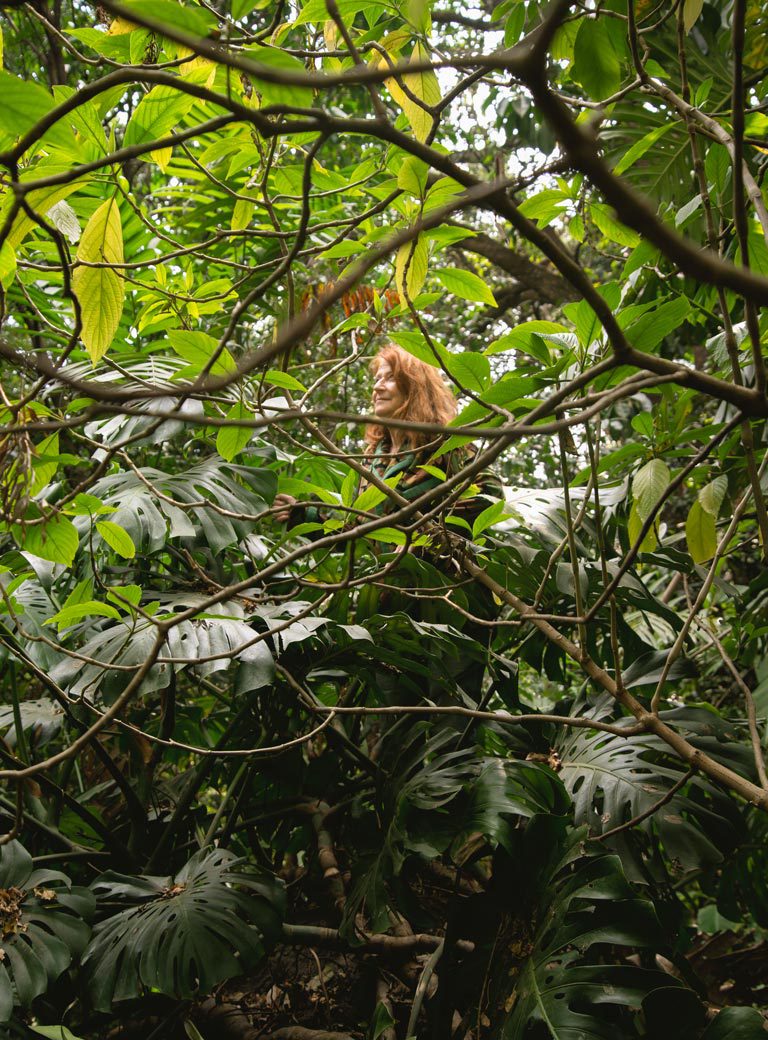
After working more conceptually in the beginning, you later turned to very expressive, gestural painting. What themes preoccupied you at the very beginning?
When I look back, it has actually always had to do with nature, even if it was more conceptual... But nature, even in a very reduced form, was there throughout. For me, it’s about an interplay between man and nature.
This theme of man and nature has intensified as two tropical storms (2005 and 2010) have changed the way you work, and nature now plays along with a kind of authorship of its own.
Exactly, in the meantime she works with me on my paintings. At that time there was a flood and the whole studio was submerged in over a meter of clay and mud, everything was drenched even the hanging things and of course those that were on the floor were completely covered in mud. It was terrible; I couldn’t even get in because it was so deep. The whole thing was so shocking, not only as far as my art was concerned, but because my mother’s dog also disappeared with the flood, and we were all evacuated. It was only after some time that I dared to look again and by watching how the things slowly dried, I noticed a change in the works and discovered such a beauty in them. One cannot constantly resist something that happens, but one must be a participant; otherwise, one is always against something. So, it came about that I gave myself more freely in my art and so I now leave the works consciously outside in the wind and rain. So, nature and the environment has an influence, about which I might have been upset in the past, especially when my dogs ran over them, but now it’s all part of it (laughs).
Your art seems very contemporary, especially in terms of the theme of nature and with the climate crisis. Do you see it that way too?
It fits especially so now, but when I started making what I’m presently working on, it didn’t necessarily fit. Now it fits, particularly because of the climate theme... And that worries me, because now it’s a big issue and I’m wondering: have I slipped into a certain category with my work? Because I would not like to do so.
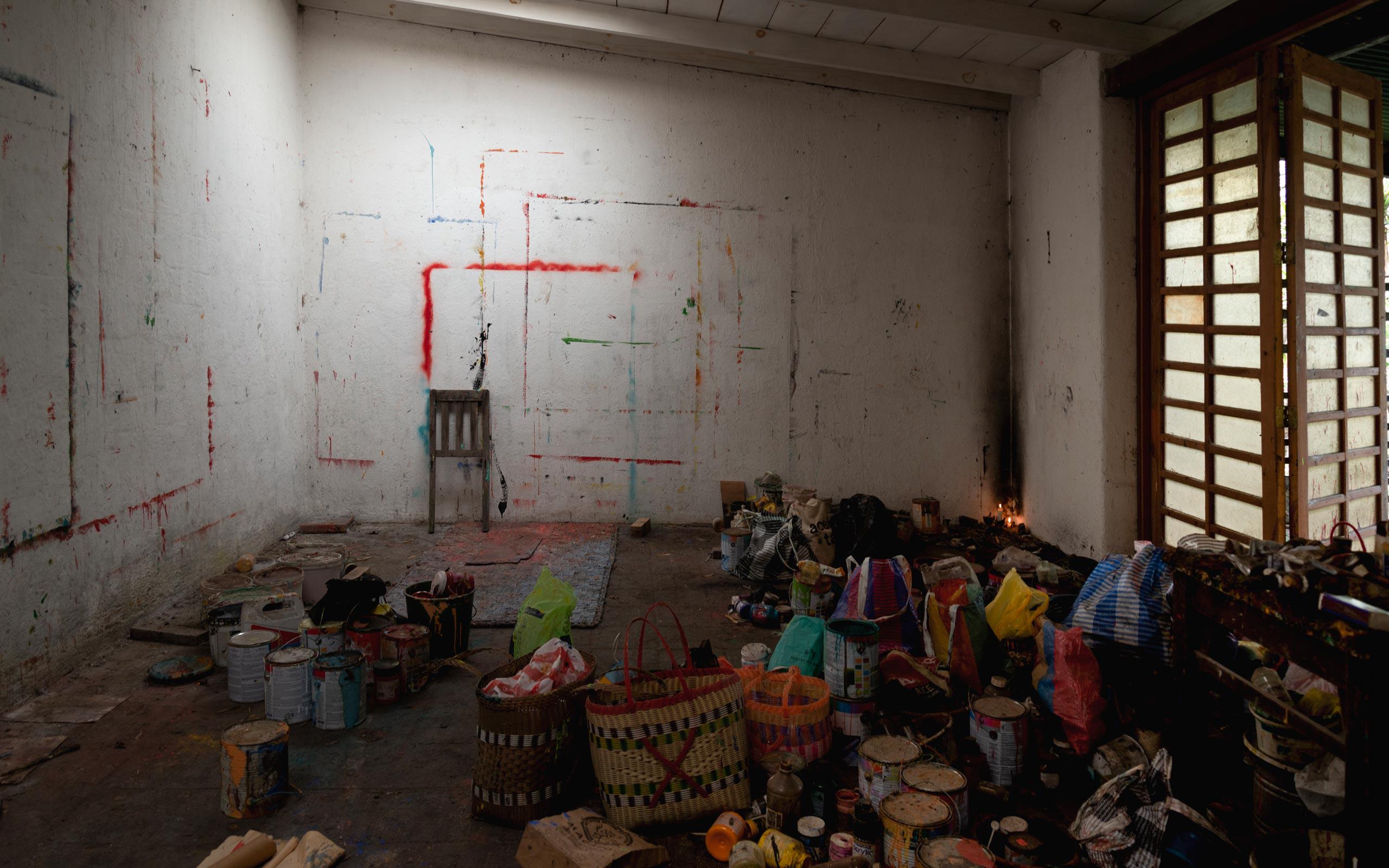
How would you describe your art in a few words?
It is an abstract and very free art, which is influenced by nature and its events.
What inspires you?
I’m inspired by a lot of people, especially those who surround me directly; not just artists, or contemporary art itself. I am interested in discovering new things, including through visits to museums. I also like to look at very old collections, like those in the Kunsthistorisches Museum in Vienna.
How do you perceive the art scene in Guatemala?
More and more artists are getting attention here because everything has opened up more, including the topics, and I think that’s very good. I also find that the theme of nature is very present here, because you live that way and then convey it with your own art... In itself, it is a very moving art scene, although I personally am not directly in contact with it, but nevertheless I am part of it.
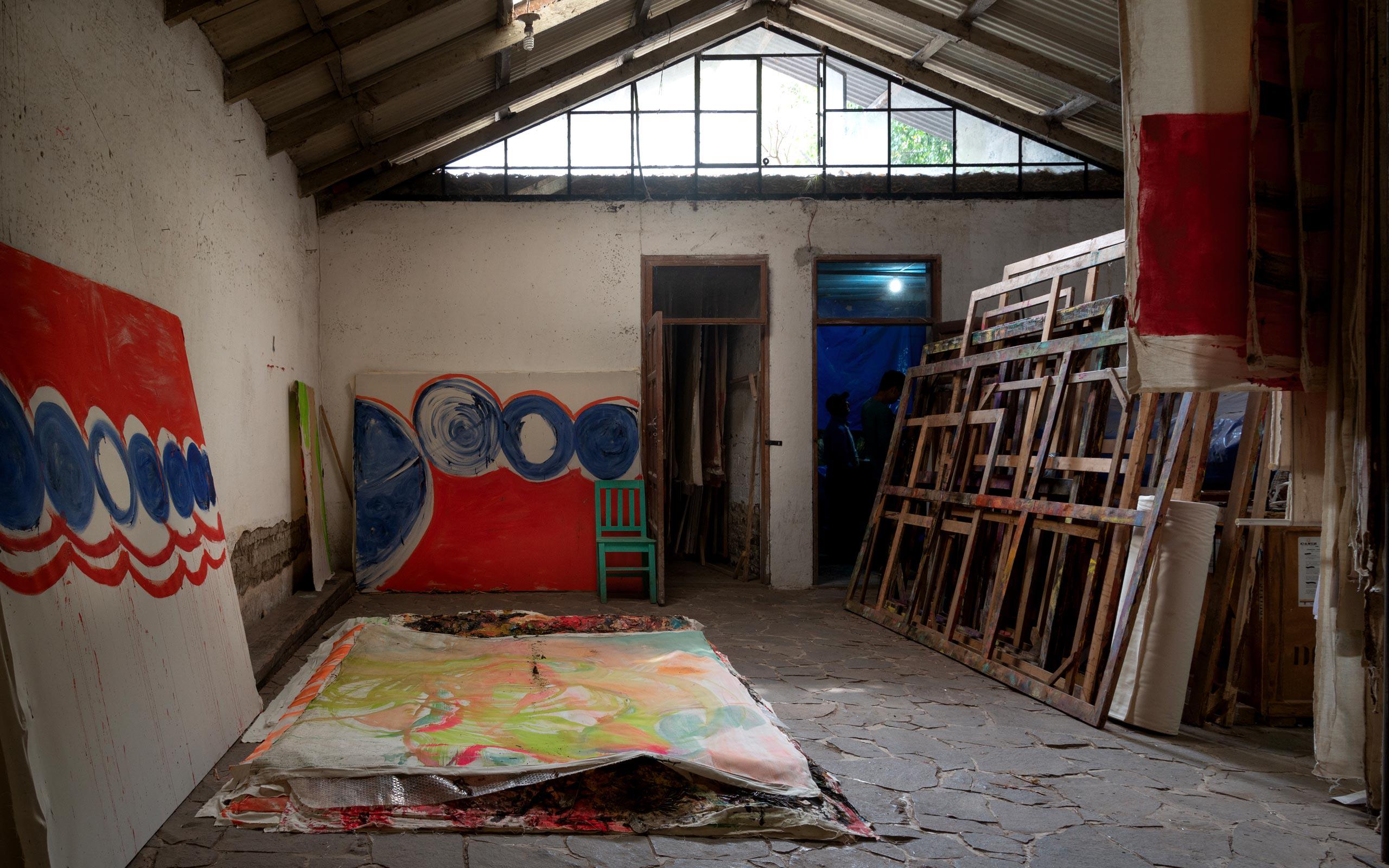
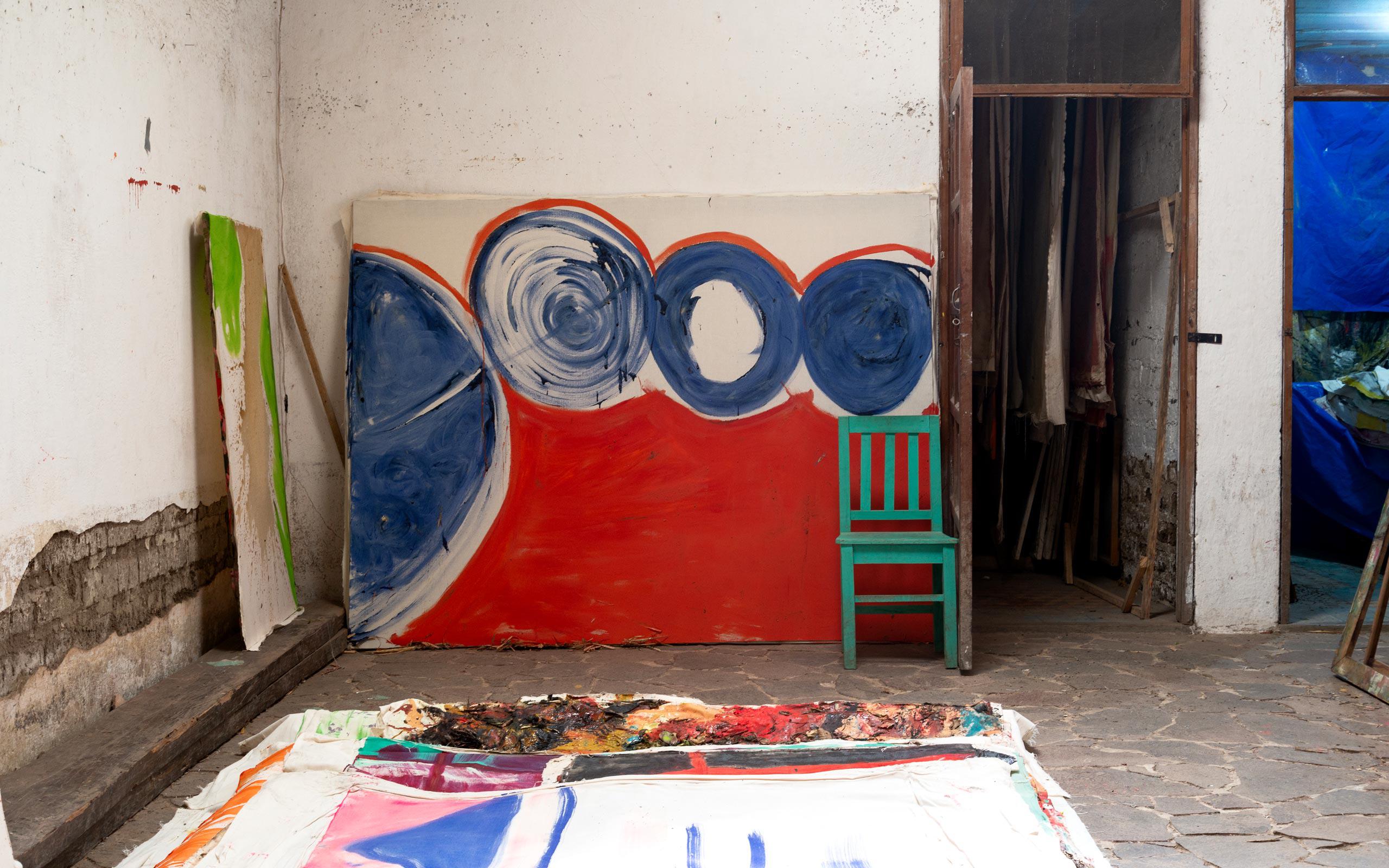
Because of the special way you hang many of your works, one has the feeling that one is very close to your paintings and can walk through them. How did this kind of presentation come about?
This has come about slowly through exhibiting. The first time I imagined it like a sculpture, how these pictures could hang... Meanwhile it goes back to how I store them, with a hanging, without stretchers. I always liked it that way and that’s how I wanted to realize it, since then, it has taken on a life of its own and has become part of my presentation.
Do you wish for certain reactions?
No. I am happy with positive comments, and it makes me happy when something is triggered and conveyed. That makes me happy. I can’t ask for anything better.
How do you deal with criticism then?
Badly (laughs). My mother was very critical and so I decided that I’d better not show her my stuff. Although I often looked at her doing something, I was very reserved with my things towards her. Then when she saw photos of my first exhibitions, it was better, and she also liked what I did. But when I got remarks while working on my works, I would bear the criticism rather badly.
Your mother also lived with you later... How was that for you and your artistic work?
There were two separate houses, and so we had our own place where we each lived and worked. We already did a lot together and shared life on the plantation with each other, but it was already good that there were separate areas.
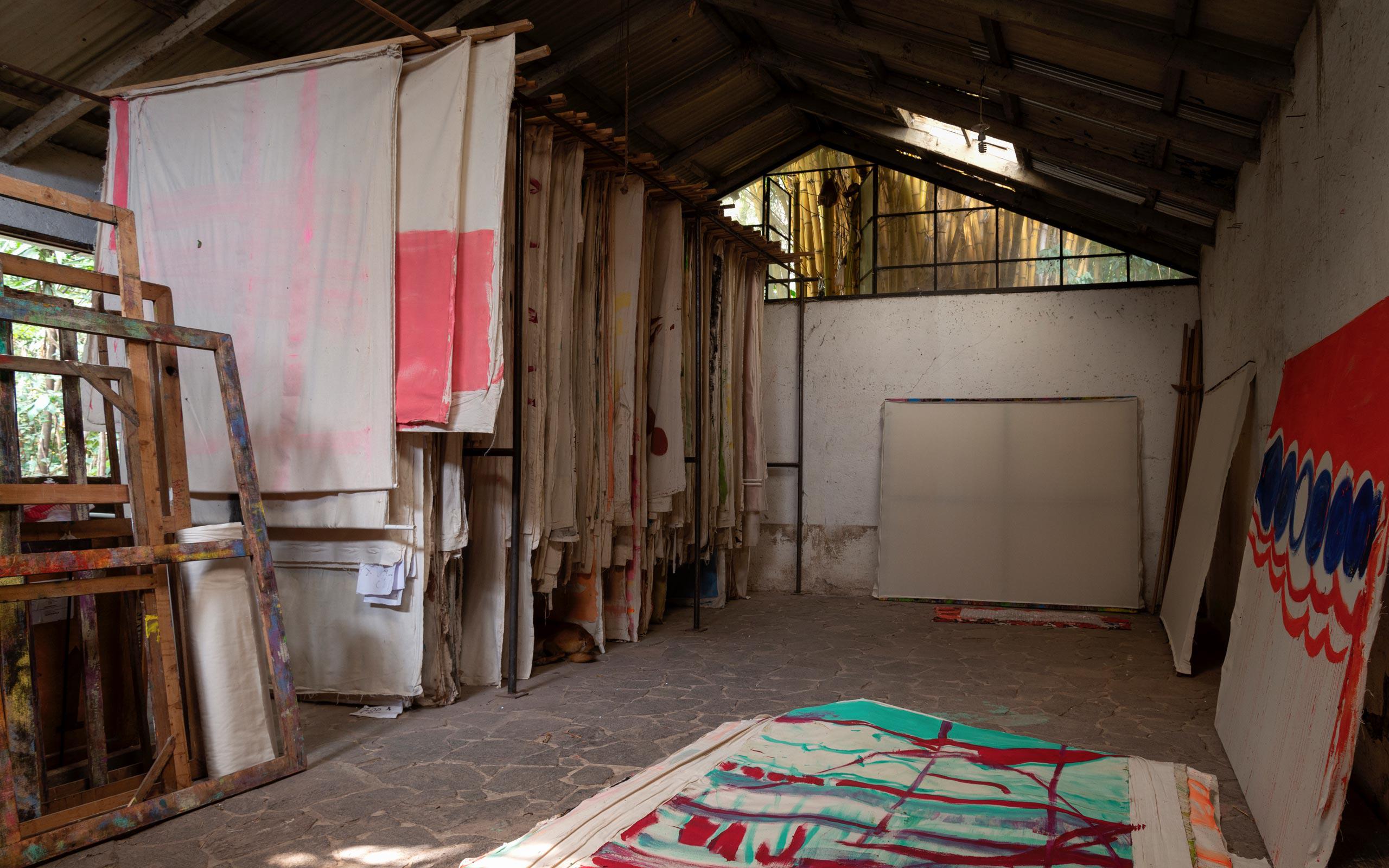
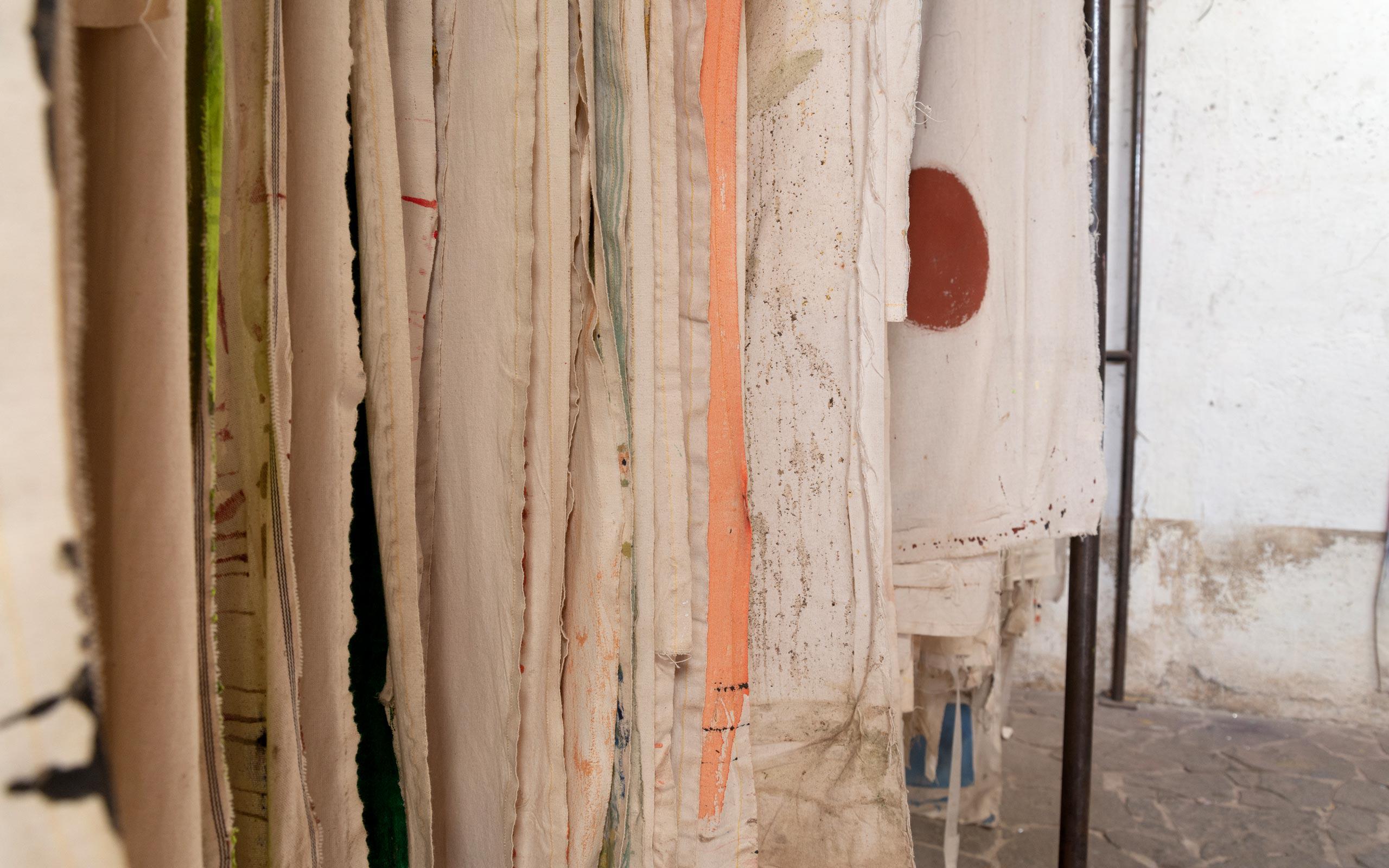
You said you felt very free mainly by being away from the art world. With Documenta 14 (2017), however, a renewed attention came upon you that continues to this day. What was that like for you?
That was an interesting process for me... Adam Szymczyk, who was the artistic director of Documenta in 2017, invited the same artists from the Jean-Christophe Ammann exhibition 30 years later, where I was first visible at Kunsthalle Basel at the time, and so I was there again. Although there had been other exhibitions of mine before, Adam rediscovered us, and thus also me. In fact, I find the attention very pleasant. (laughs) I have also grown in myself. I was very shy then, and am now maybe a little less so than before, and that was also a reason in my behavior that I withdrew. Now I think it’s great that I can realize a lot of exhibitions or travel around and can afford to live like this… I am very happy about that.
Now that you’re less reserved, do you like to seek out conversation with others about your work?
It’s not quite like that... That’s why I do exhibitions, so that people can understand me, or I try to make myself understandable through my art. You don’t need me to do that (laughs). I think I can express myself better through my art and people get to know me through my work. Anyway, that’s my hope.
What can we expect in your upcoming exhibition at the Secession in Vienna?
I’m showcasing a beautiful space... The Secession building has always been attractive to me; back when I visited my grandparents, we often went to the Secession. For me it’s a great place and so I’m very happy to be able to show my works there. The works are coming together from different places now in an exhibition context and for me it is exciting to reassemble and connect the images. It is an interplay of older and newer works. In addition, my son Frank made a sound piece with me, which we will include in the exhibition. And the mumok – Museum moderner Kunst Stiftung Ludwig Wien is showing a personal exhibition by my mother Elisabeth entitled Fantasiefabrik almost at the same time. So, we are all present in Vienna again in a very special way; I think that’s very nice.
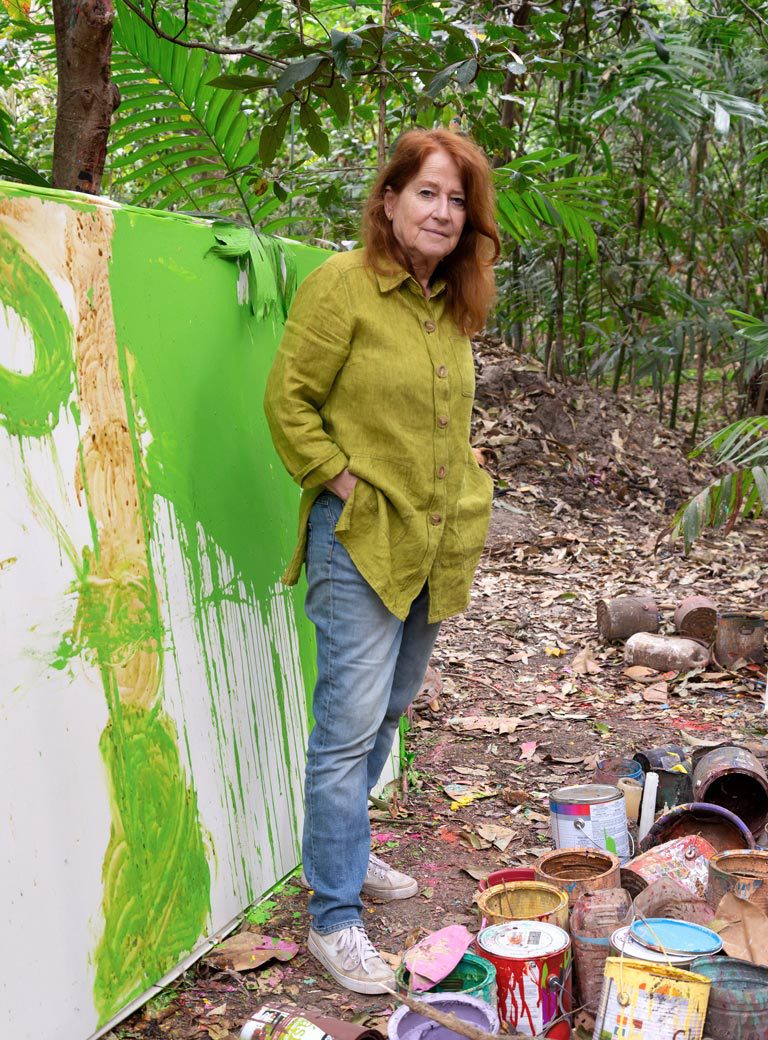
Interview: Marieluise Röttger
Photos: Margo Porres


